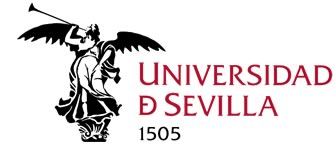Proyecto I+D+i
Processes regulating remobilisation, bioavailability and translocation of radionuclides in marine sediments (REMOTRANS)
Responsable: Manuel García León
Tipo de Proyecto/Ayuda: 5º Programa Marco de la U.E.
Referencia: FIGE-CT-2000-00085
Web: http://cordis.europa.eu/projects/rcn/52925_en.html
Fecha de Inicio: 01-11-2000
Fecha de Finalización: 31-10-2003
Empresa/Organismo financiador/es:
- Commission of the European Communities
Socios:
- Lund University (Clas Odeskog)
- Commissariat à l´Energie Atomique (Jean-Claude Barescut)
- Radiological Protection Institute of Ireland (John D. Cunningham)
- Norwegian Radiation Protection Authority (Per Strand)
- Risoe National Laboratory (Benny Majborn)
- Ministry of Agriculture, Fischeries and Food (Sarah Rollo)
- National University of Ireland (Tom Callaghan)
- ENEA-Ente per le Nuove Tecnologie, l´Energia e l´Ambiente (Vincenzo Ferrara)
- Agricultural University of Norway (Einar Eriksen)
- Institute for Energy Technology (Arne Raaheim)
- Centro de Investigaciones Energéticas Medioambientales y Tecnológicas (Félix Yndurain)
Contratados:
- Investigadores:
- Margarita del Pilar Moreno Rodríguez
Resumen del proyecto:
The aim of the project is to study remobilisation of radiologically, important radionuclides from sediments of different characteristics in different European environments. Transboundary exposure has to be taken into account into the modelling and assessment of committed doses. The radiological consequences will be evaluated by the study of long-range transport of the radionuclides, their speciation, uptake in biota and radioecological modelling. The objectives will be achieved through collaboration between experienced scientists regarding field sampling, laboratory experiments and analytical methods using latest techniques. The results will create a more precise knowledge of long-term effects on environment and man from present and past sources and a more informed debate on waste management of controlled release of radioactivity in the marine environment.

